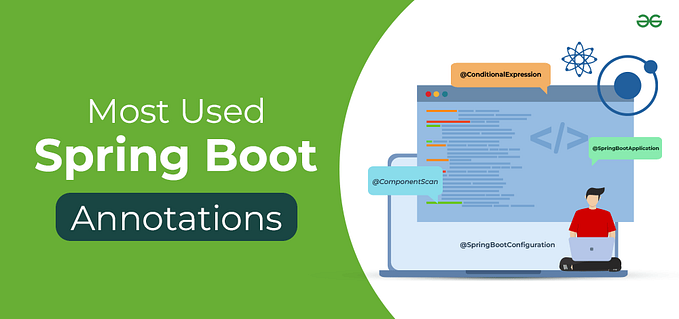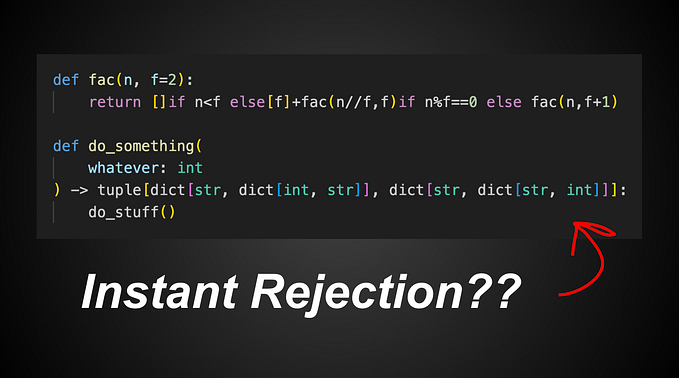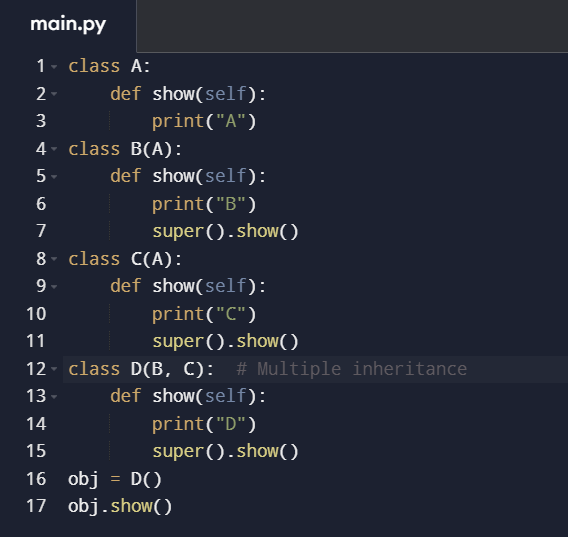Top 5 Essential Python Functions Every Developer Should Know
Top 5 Python Functions

Introduction:
Python’s built-in functions simplify coding and make it more efficient. In this blog, discover the top 5 Python functions every developer should know to write better code..!!!
Python Functions:
- map()– Transform Data with Efficiency:
Themap()function is a powerful tool for applying a specific function to every element in an iterable, such as a list or tuple. Instead of manually looping through each item,map()streamlines the process and returns an iterator, making your code more efficient and concise. It’s particularly useful for tasks like data transformation, mathematical operations, or formatting.
numbers = [1, 2, 3, 4]
squared = map(lambda x: x**2, numbers)
print(list(squared)) # Output: [1, 4, 9, 16]2. zip()– Combine Data Simply:
The zip() function lets you pair up elements from two or more lists or iterables. It creates tuples by combining items at the same position. This is useful when you want to group related data together, like names and ages.
names = ['Alice', 'Bob', 'Charlie']
ages = [25, 30, 35]
combined = zip(names, ages)
print(list(combined)) # Output: [('Alice', 25), ('Bob', 30), ('Charlie', 35)]reduce() – Simplify Data Aggregation
The reduce() function, available in the functools module, helps reduce a list or other iterable into a single value by repeatedly applying a function. It’s useful for tasks like summing numbers, multiplying values, or combining items into a single result.3. reduce()– Simplify Data Aggregation:
The reduce() function, available in the functools module, helps reduce a list or other iterable into a single value by repeatedly applying a function. It’s useful for tasks like summing numbers, multiplying values, or combining items into a single result.
from functools import reduce
numbers = [1, 2, 3, 4]
product = reduce(lambda x, y: x * y, numbers)
print(product) # Output: 244. enumerate – Iterate with Index Effortlessly:
The enumerate() function makes it easy to loop through an iterable while keeping track of the index. It pairs each item with its index and returns them as tuples, simplifying tasks where both the item and its position are needed.
fruits = ['Apple', 'Banana', 'Cherry']
for index, fruit in enumerate(fruits):
print(index, fruit)
# Output:
# 0 Apple
# 1 Banana
# 2 Cherry5. any() and all() – Perform Logical Checks:
The any() and all() functions are great for checking conditions in an iterable.
any(): ReturnsTrueif at least one element in the iterable isTrue.all(): ReturnsTrueonly if every element in the iterable isTrue.
These functions are simple yet powerful tools for logical evaluations.
numbers = [0, 1, 2, 3]
# Check if any number is non-zero
print(any(numbers)) # Output: True
# Check if all numbers are non-zero
print(all(numbers)) # Output: FalseConclusion:
Mastering Python’s built-in functions like map(), zip(), reduce(), enumerate(), any(), and all() can simplify complex tasks and make your code more efficient. Start using these powerful tools to enhance your programming skills and write cleaner, smarter code!









